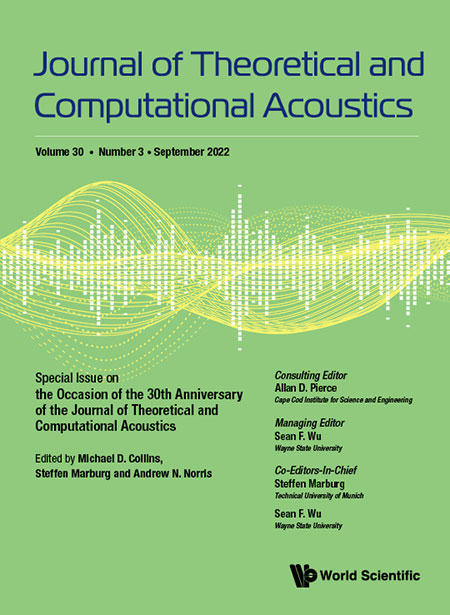Experimental Validations of Reconstructed Excitation Forces Acting Inside a Solid Enclosure. Part II: Interior Region
Abstract
Part II of this paper discusses experimental validations of the reconstructed excitation forces acting inside a vibrating structure with the fluid-loading effect taken into consideration. Specifically, the characteristics of the excitation forces such as their locations, types, amplitudes, and spectra are reconstructed by using the modified Helmholtz Equation Least Squares (HELS) method, based on a single set of measurements of the normal surface velocity on the exterior surfaces, as if one could see through such a solid structure. Since the fluid-loading effect has a direct impact on the vibration responses of a structure, it is not possible to derive analytic solutions to vibration responses of the structure. Therefore, numerical solutions are sought by using the boundary element method (BEM). The fluid-loading effect, a.k.a., the reverberation sound field inside the structure is calculated based on the absorption coefficients and surface areas of the interior objects. The reconstructed excitation forces are then compared to the benchmark values and satisfactory agreements are obtained.


